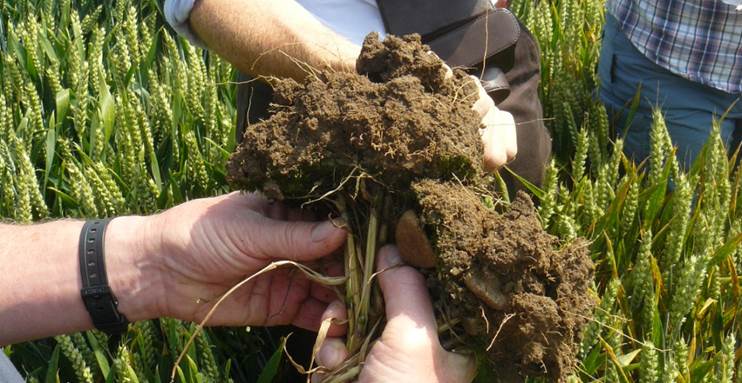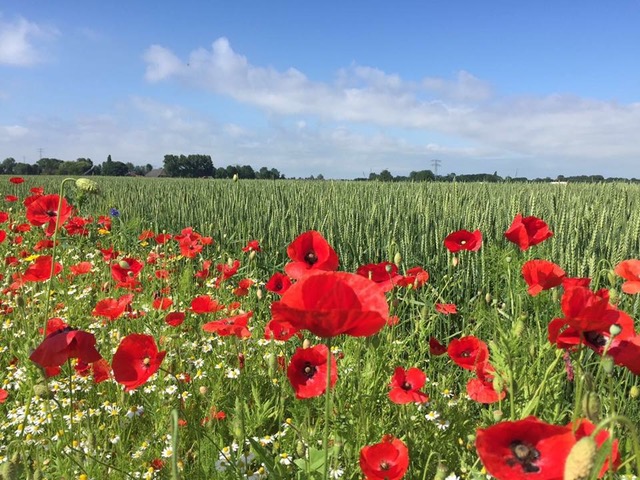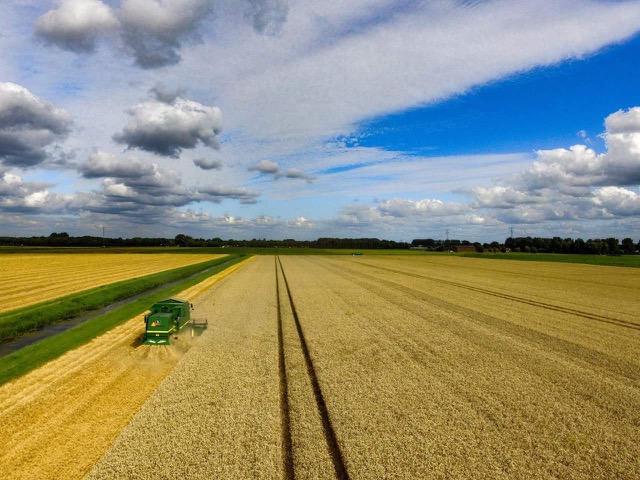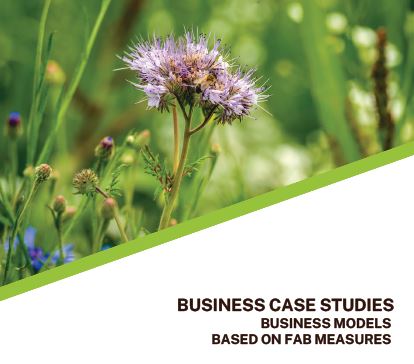Project Summary
FABulous Farmers is a European project designed to support farmers in the transition to more agro-ecological practices on their farms. The project aims to reduce the reliance on external inputs, like chemical fertilisers and pesticides, by encouraging the use of methods and interventions that increase the farm’s Functional AgroBiodiversity (FAB). These are targeted measures of biodiversity in and around the field to improve pollination, pest management, soil and water quality on the farmland.
One example is to attract beneficial pest-eating insects by planting strips of wildflowers in the same fields as cereal crops. Another example would be to break the routine of single-crop production; a rotation of crops has a beneficial effect on soil quality, the impacts of weeds are reduced and production yield increases. The project assists the farmers in identifying and adopting relevant FAB-methods specifically for their farm. Networking sessions will be organised in which the farmers can exchange ideas and experiences. Several demonstration fields will show the effects of particular FAB-measures so that farmers and others can come and see how the measures work.
The effect of some FAB-measures taken on the farm can be improved further by similar actions in the surrounding area. That’s why we are active in 14 pilot areas in 6 countries (BE, NL, LUX, FR, UK and DE) in which we cooperate with other stakeholders, e.g. landowners and municipalities, to come to an integrated FAB-landscape-integration plan. At the same time, the local community will be involved and engaged with educational materials, practical and fun activities and the use of citizen-science tools to help monitor the effects of the interventions. The community activities will be tuned to needs and environment of the 14 pilot regions.
The results of the trial fields and on farms overall will be communicated to European and regional policy makers. In this way the evidence-based lessons learnt in this project can be implemented in ambitious but realistic European and regional agricultural policies. This will lead to an economically viable and buoyant agricultural system that is resilient to climate change.
To deliver this project and achieve these objectives we have a team of 15 project-partners each with their own expertise.











































